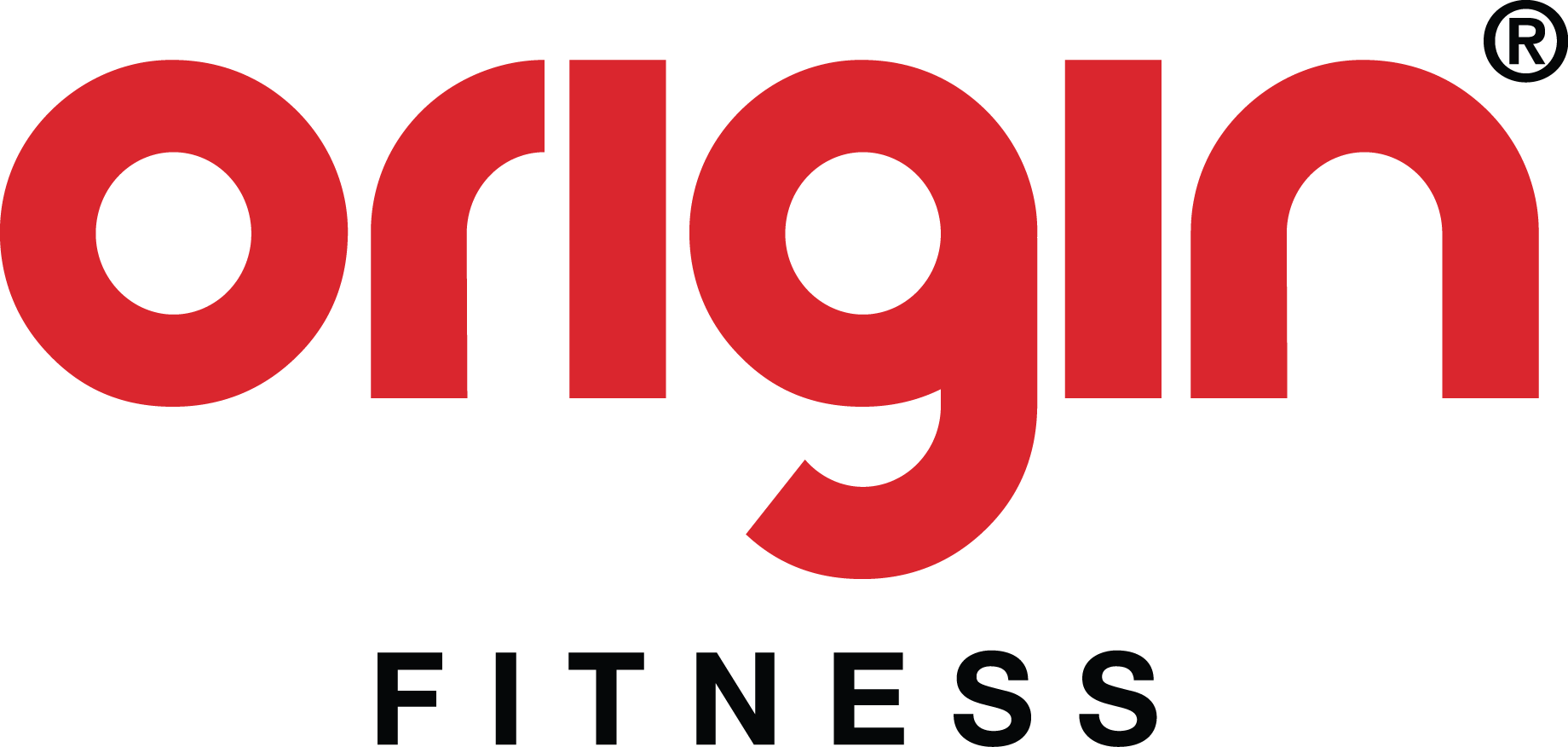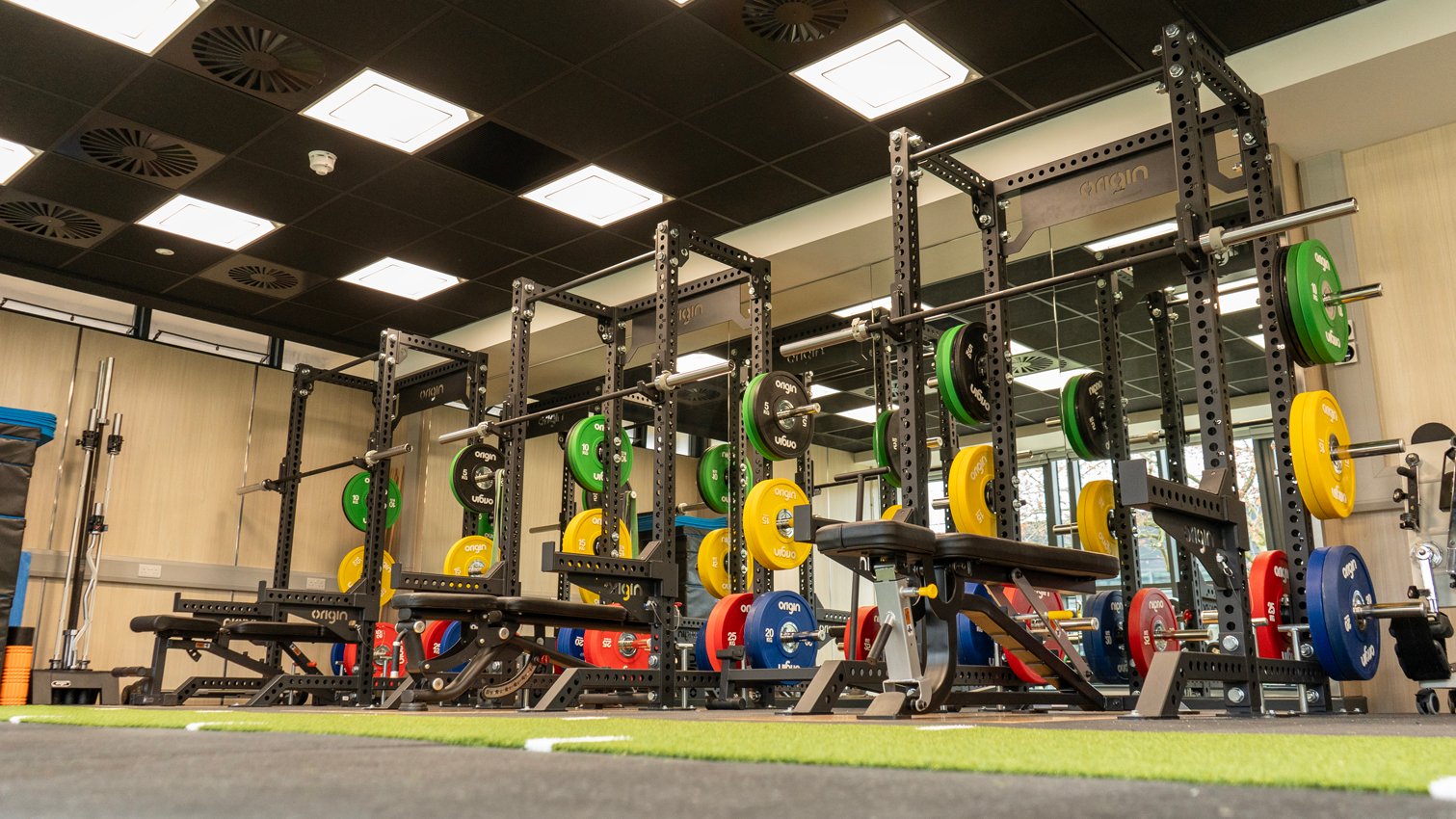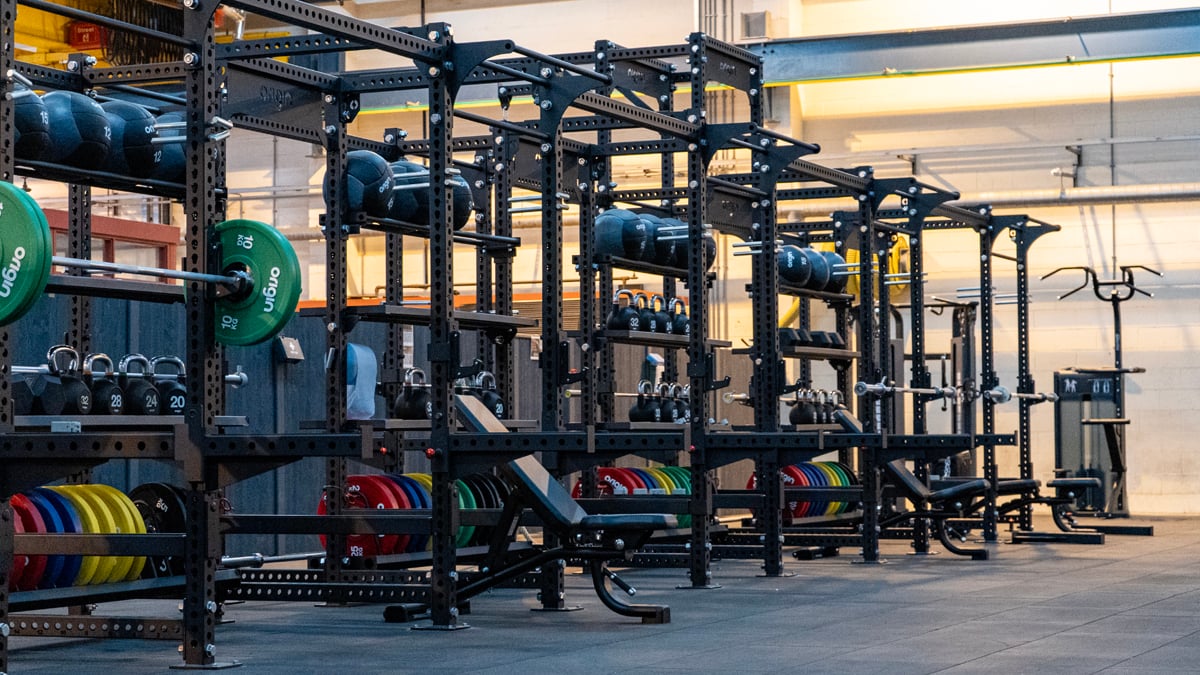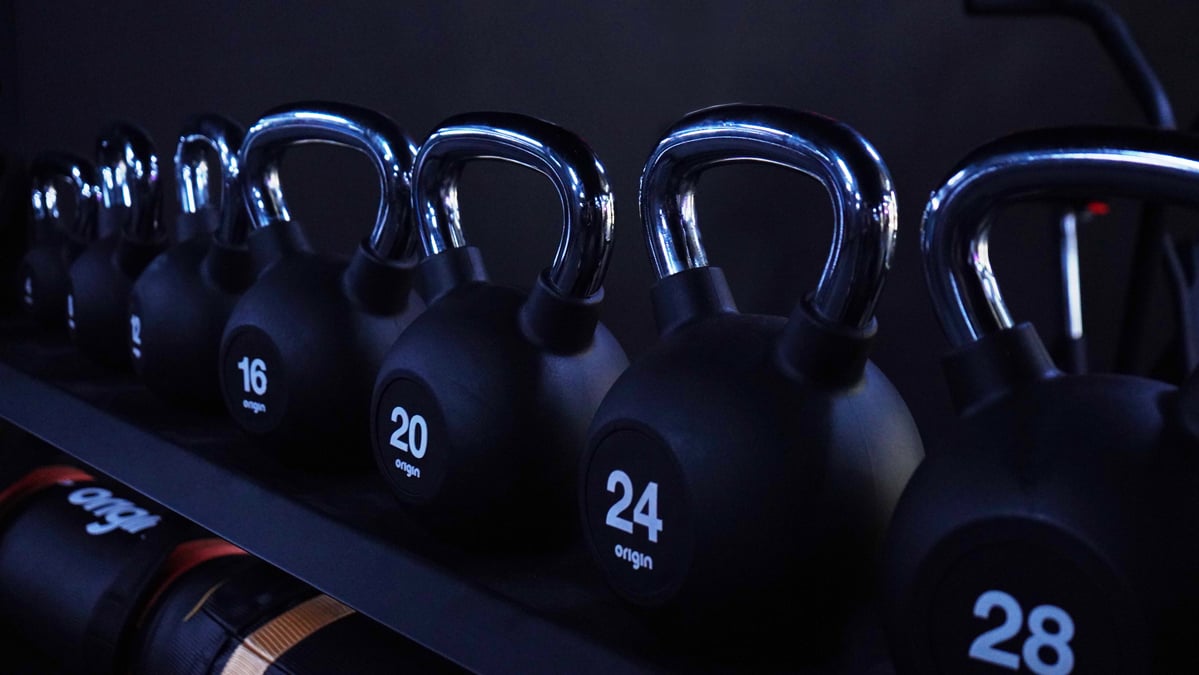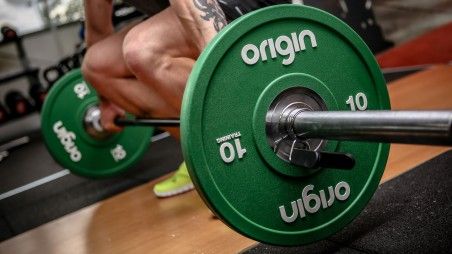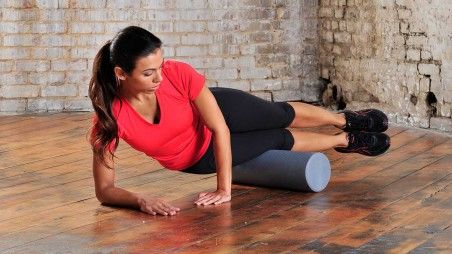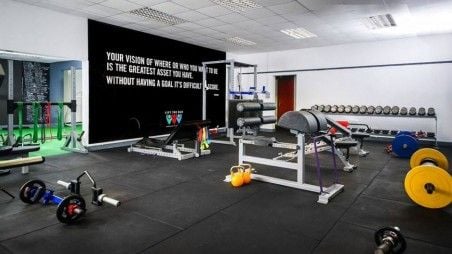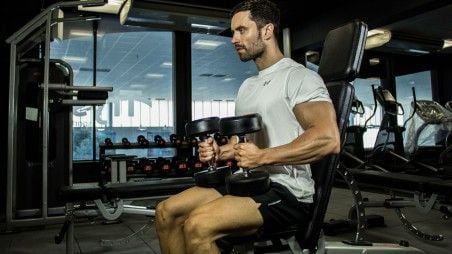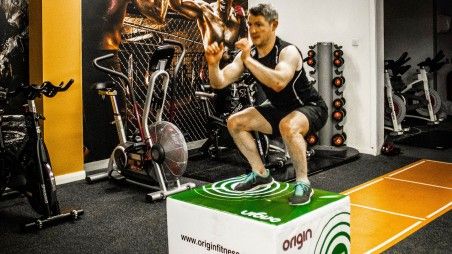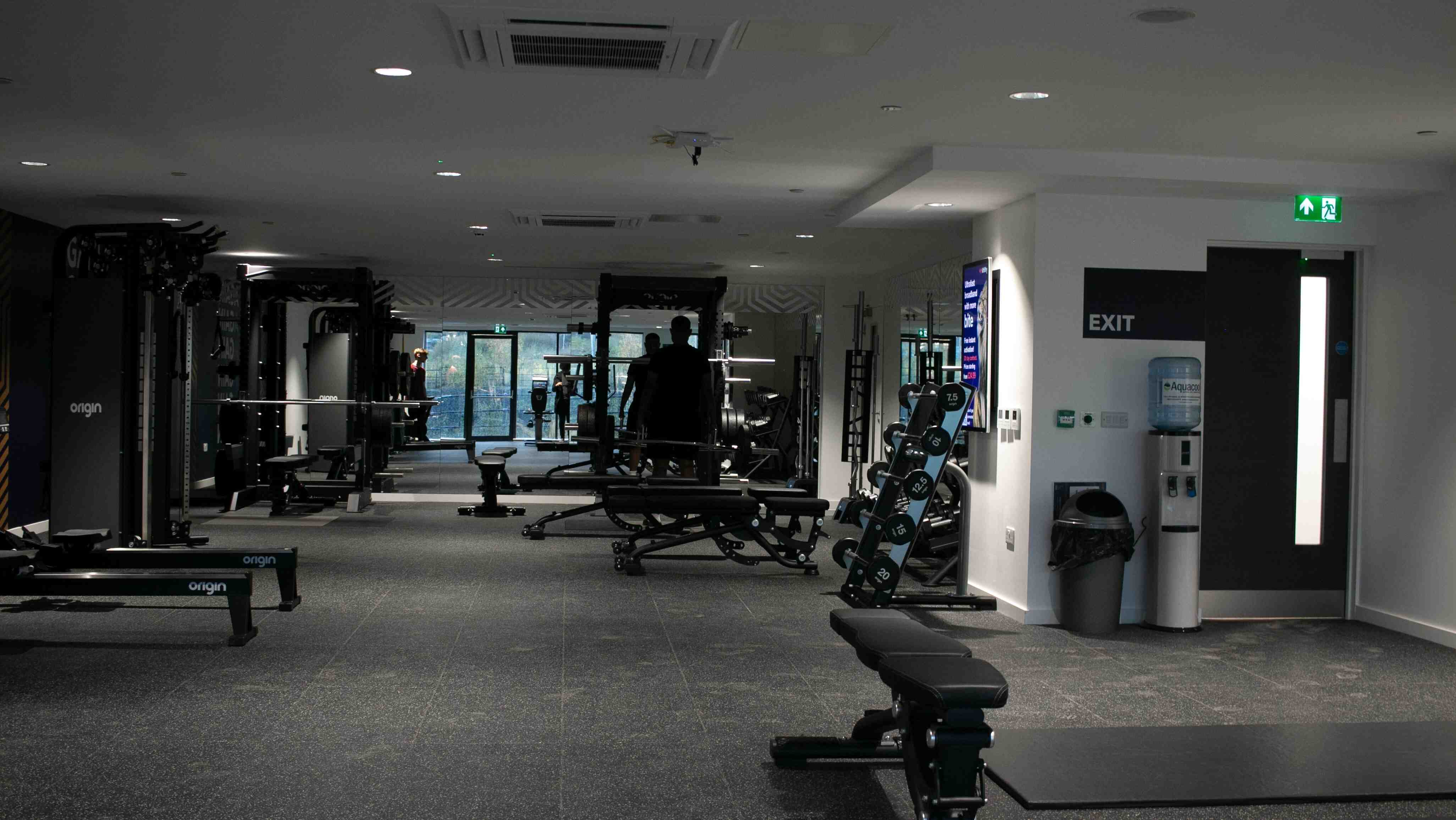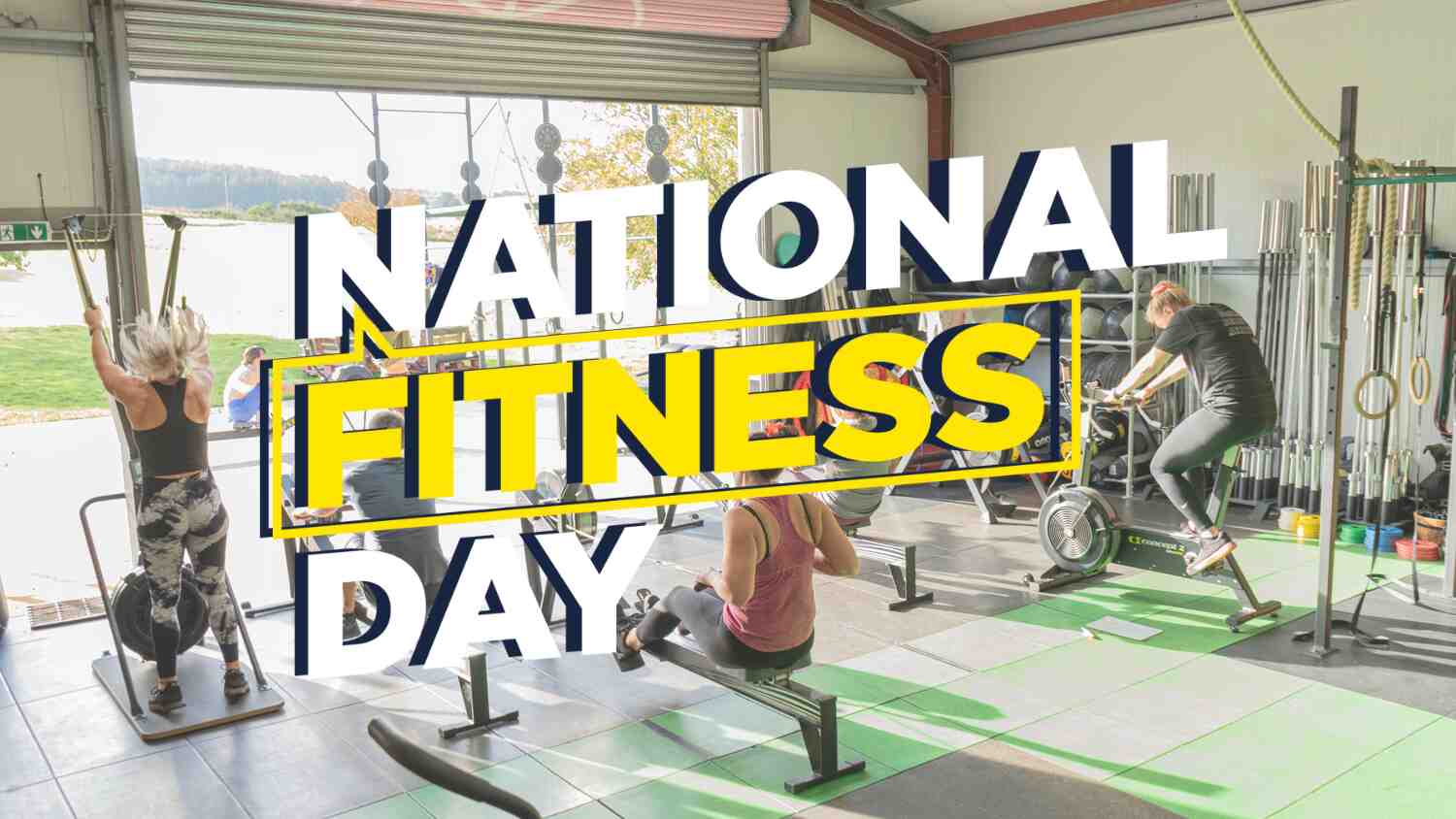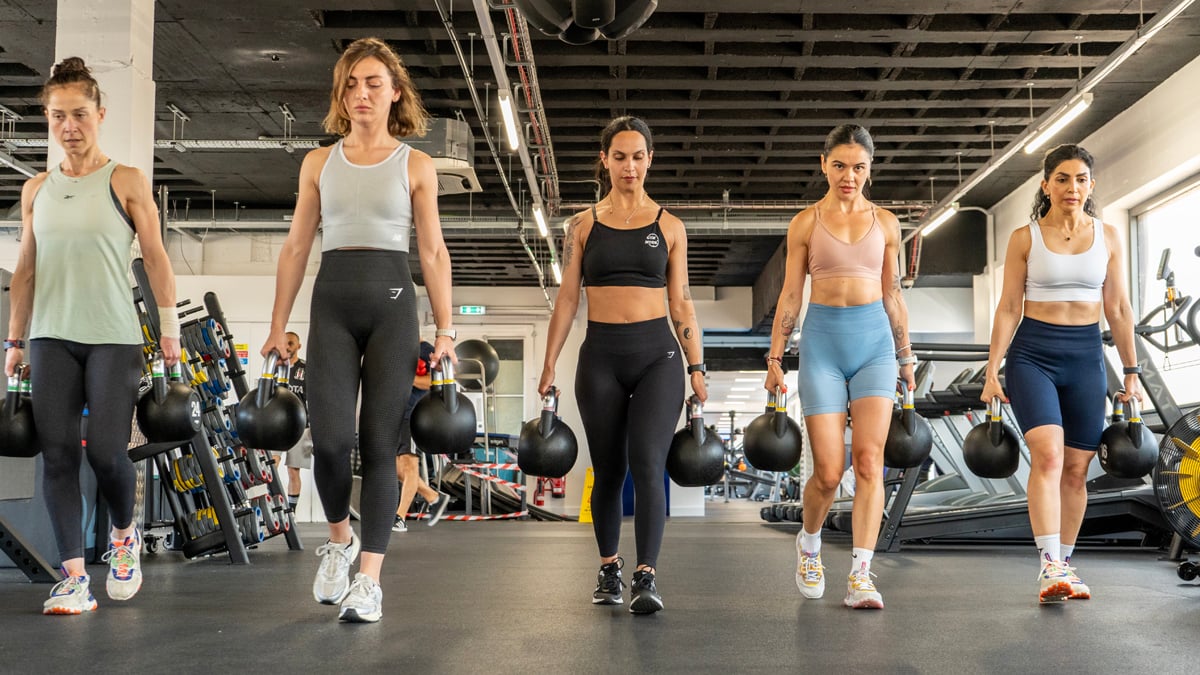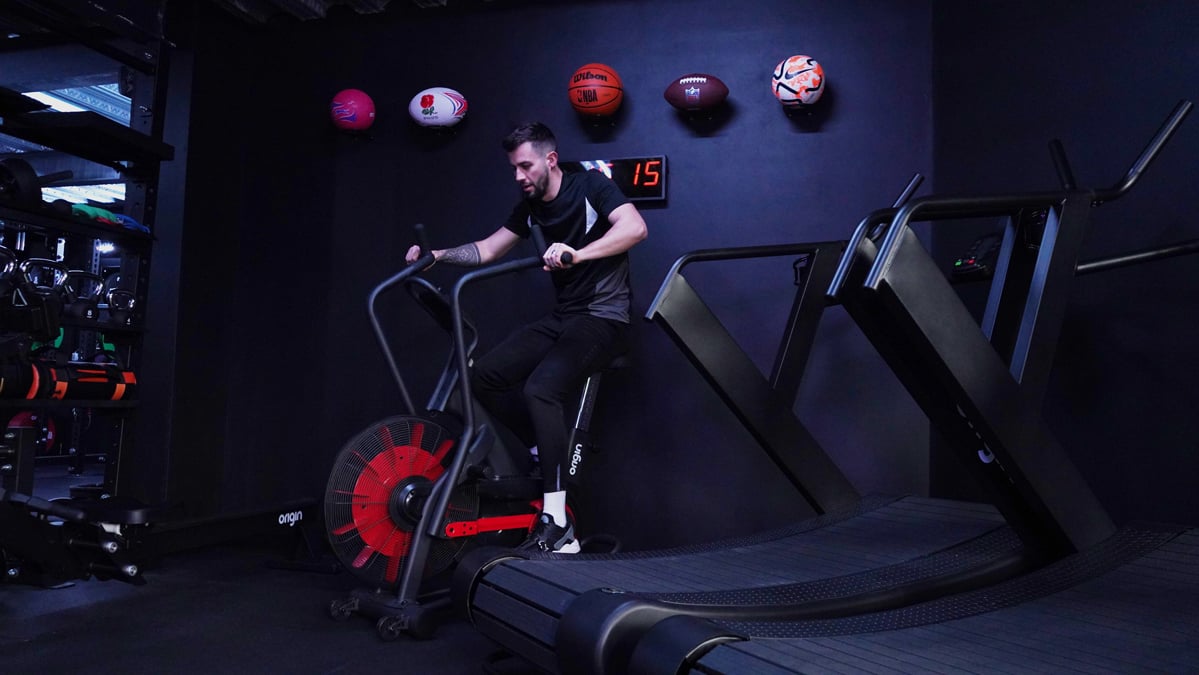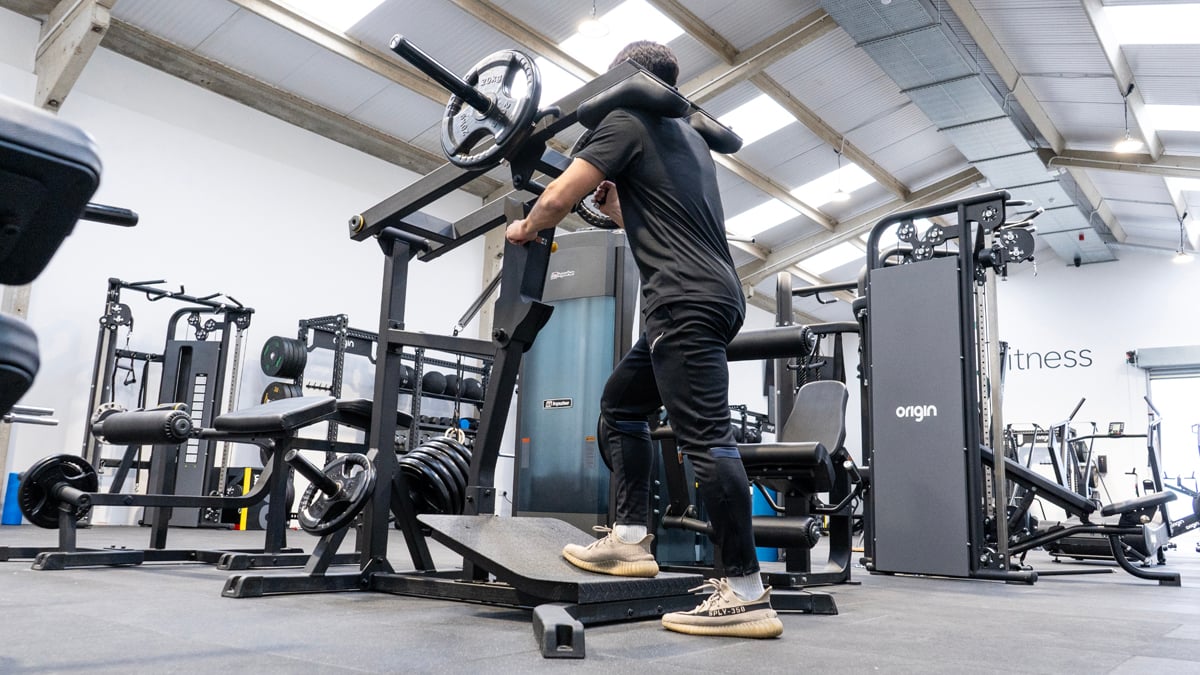In today's fast-paced world, guests expect more from hotels. They want top-notch gym facilities, a comfortable bed, and a complimentary breakfast. Guest needs are evolving, with work, travel, and leisure
Discover all Knowledge & Advice Articles
Power Rack Buying Guide
Weightlifting has grown in popularity over the years. Purchasing a power rack is a great place to start your weightlifting journey. We've created this power rack buying guide to help you determine the
Strengthening Partnerships: Supporting the Ministry of Defence (MOD)
Supplying commercial gym equipment is at the core of what we do at Origin Fitness, and it has become synonymous with our brand. To provide a deeper insight into who we are and our work, we want to highlight
10 Christmas Gift Ideas for a Fitness Fanatic
Are you searching for the best Christmas gift idea for the gym lover in your life? Well, then, you came to the right place! In the spirit of spreading holiday cheer and helping your gym-loving friends
Kettlebell Buying Guide
Unsurprisingly, kettlebell training has grown in popularity over the years. Whole workouts can easily be based around this highly versatile piece of equipment, whether training in the gym or at home. This
Picking the Right Free Weight Storage Rack
Maintaining an efficient and well-organised workout environment is crucial in modern fitness spaces. Gym members are increasingly aware of the importance of a well-structured workout space, meaning focusing
National Fitness Day 2024
If you weren't aware National Fitness Day 2024 is happening tomorrow on Wednesday, September 18th. Started in 2011, the day was created to encourage and
How to create a High-Intensity Interval Training Studio
High Intensity Interval Training (or HIIT) is still a popular form of functional training for many gym goers, but with the rise of events like Hyrox and Crossfit there is more competition out there. This
High Intensity Interval Training (HIIT): The Beginner's Guide
High Intensity Interval Training (HIIT) boomed into the fitness industry a decade ago as if it was a new revolutionary way of training. However, this form of training has been used as early as the 1920’s
Plate Loaded Machines Buying Guide
When deciding what gym equipment to purchase next, plate loaded machines might be the right choice to consider. In commercial gyms, these machines can offer an alternative choice to traditional rigs
- Page Previous
- You're currently reading page 1
- Page 2
- Page Next
